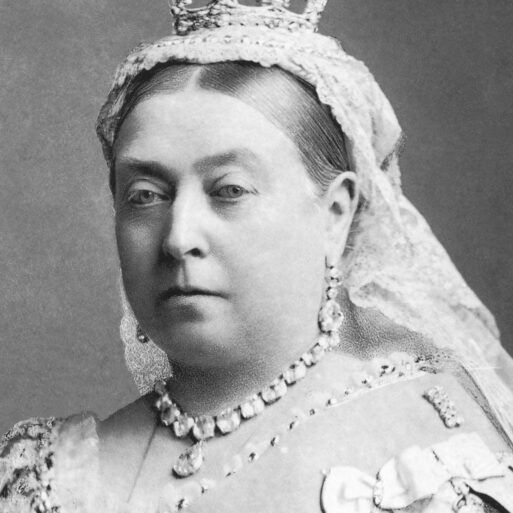On August 23rd 1888, Queen Victoria was the first British monarch since James VI (1603-1625) to visit Renfrewshire.
Massive preparations in anticipation of the visit were made across Renfrewshire as the community prepared to welcome the Queen and to celebrate the 400th anniversary of the town of Paisley.
One could argue that the Queen already had a great love affair with Paisley as she used her position of fashion icon to promote the Paisley Shawl, purchasing many throughout her reign as gifts and wearing them at notable occasions. Queen Victoria is quoted as saying about Scotland, the romance and the wild loveliness… beloved Scotland the proudest, finest country in the world. Her love of the romance and wildness was part of Albert’s decision to purchase Balmoral for her and certainly would have been part of the allure of her visit.
The Queen arrived to Renfrewshire by train and while visiting stayed with the Blythswood family. Excerpts from the full spread article written in the Paisley and Renfrewshire Gazette at the time paint a vivid picture of the Queen and her visit. Upon arrival it is noted as much privacy as possible was secured for Her Majesty on her alighting after a long and fatiguing journey and that the queen was quickly whisked away for rest ahead of her tour through Renfrew and Paisley. As she toured each city the Queen was met with large crowd and gifts from each city. Notably in Renfrew she received a cask with the Stuart Tartan made of gold and upon receipt told the crowd it affords me much pleasure to have this opportunity of visiting a Royal Burg so closely connected with ancient history of my kingdom in Scotland and of seeing a district which has done so much in modern times for the prosperity of my United Kingdom. Similar sentiments were echoed in Paisley upon receipt of a second casket adorned with the Royal Arms and thistles. These speeches by Queen Victoria acknowledged the success and importance of Renfrewshire as a key part of the industrial revolution and the weaving industry.
Again, The Gazette shines a light on this historic visit with particular attention paid to the decorations as well as the Queen’s attire. It is noted she was adorned in details of lace and fur and much attention is given to her stoic and natural look. The decorations in the town of Paisley are described as a most extensive and liberal scale, and produced a very pretty effect and that the town centre as well as individual homes had been decorated in order to celebrate the Queen and the town’s anniversary. Not much different from a summer day in Renfrewshire now, the 23rd is described as a general greyness and mist and shortly after noon the rain began to fall [. . .] in spite of the leaden sky, however, the barricades all along the route were lined with spectators. The spectacle of the Queens carriage and parade would surely have been a sight to see by all those in the community.
One of the most interesting things to note of the Queen’s visit is the intensive rivalry between Glasgow and Paisley, as the Queen spent the first part of her trip in Scotland in Glasgow. A quote from the London Globe of the time perfectly captures the essence of what it paints as sibling rivalry; if this is a great day for Glasgow, what will tomorrow not be for Paisley, its younger sister, at whom the older has been wont to jeer a little, though in the best of tempers and in real kindliness? She may be expected to go fairly off her head; and whatever the brilliancy of the reception given to Her Majesty on the banks of the Clyde, it will not surpass in heartiness that which she will be offered by the side of its humbler tributary.
